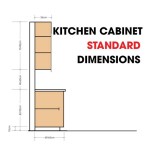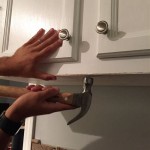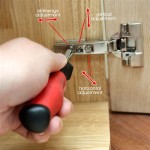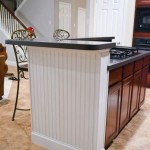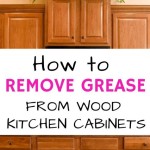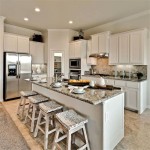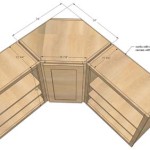Essential Aspects of Choosing the Best Primer for Painting Kitchen Cabinets
Transforming your kitchen's aesthetics with a fresh coat of paint on your cabinets can be a rewarding project. However, ensuring a durable and flawless finish requires proper preparation, including selecting the right primer. Here are some crucial considerations to guide you in choosing the best primer for your kitchen cabinet painting project.
1. Cabinet Material and Condition
Determine the material of your kitchen cabinets. Different materials, such as wood, laminate, or metal, require specific primers to ensure proper adhesion and compatibility. Additionally, consider the condition of your cabinets. If you encounter peeling paint, stains, or grease buildup, you may need to use a specialized primer to address these concerns.
2. Primer Type
There are several types of primers available, each with its advantages:
- Water-based primers: Easy to apply and clean up, suitable for most cabinet materials.
- Oil-based primers: Provide excellent stain blocking and adhesion, but require longer drying times and may produce strong fumes.
- Shellac-based primers: Offer fast drying times and excellent adhesion to challenging surfaces, but can be more expensive.
3. Bonding Function
A primer's bonding function is crucial for ensuring the paint adheres well to the cabinet surface. Look for primers with high adhesion properties to prevent peeling or flaking over time.
4. Stain Blocking
If your cabinets exhibit stains or have previously been painted with dark colors, using a primer with stain-blocking properties is essential. These primers prevent stains from bleeding through the new paint, ensuring a clean and uniform finish.
5. Drying Time and Sandability
Consider the drying time of your primer. Water-based primers typically dry faster than oil-based ones. However, allowing sufficient drying time before applying paint is important. Additionally, check the primer's sandability. Sanding the primer after it dries can smooth out any imperfections and improve the adhesion of the paint.
6. Finish
Some primers are available in different finishes, such as flat, matte, or glossy. Choose a finish that complements the desired look of your painted cabinets. A flat or matte finish is suitable for hiding surface imperfections, while a glossy finish provides a more polished appearance.
Conclusion
Choosing the right primer for painting kitchen cabinets is essential for a successful and durable outcome. By considering the material, condition, and your desired finish, you can select a primer that optimizes adhesion, prevents stains, and creates a smooth canvas for your paint. Proper preparation and priming will ensure your kitchen cabinets retain their vibrant and polished appearance for years to come.

1 Best Primer For Kitchen Cabinets Guranteed To Stick

Top Primers For Kitchen Projects The Perfect Finish Blog By Kilz

1 Best Primer For Kitchen Cabinets Guranteed To Stick

Refinish Kitchen Cabinets With Kilz Restoration Primer
What Is The Best Primer To Use When Painting Kitchen Cabinets Quora

1 Best Primer For Kitchen Cabinets Guranteed To Stick

Top Primers For Kitchen Projects The Perfect Finish Blog By Kilz

Best Primers Paints For Cabinets Furniture Fireplaces The Striped House Painting Kitchen Paint Primer

The Best Primer For Oak Cabinets Why You Need To Prime Don T Skip This Painted By Kayla Payne

The Best Primer For Cabinets Erin Zubot Design
Related Posts

